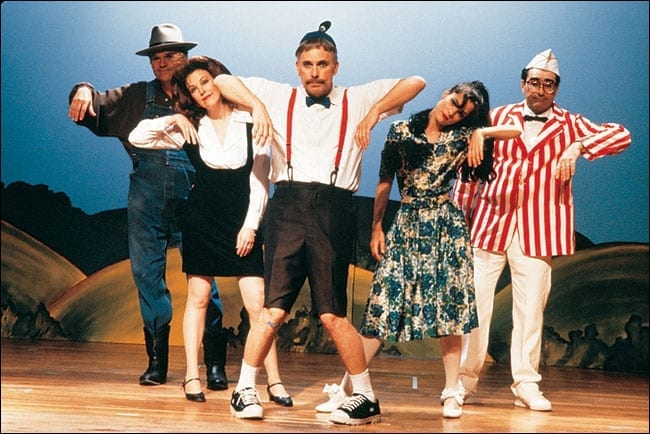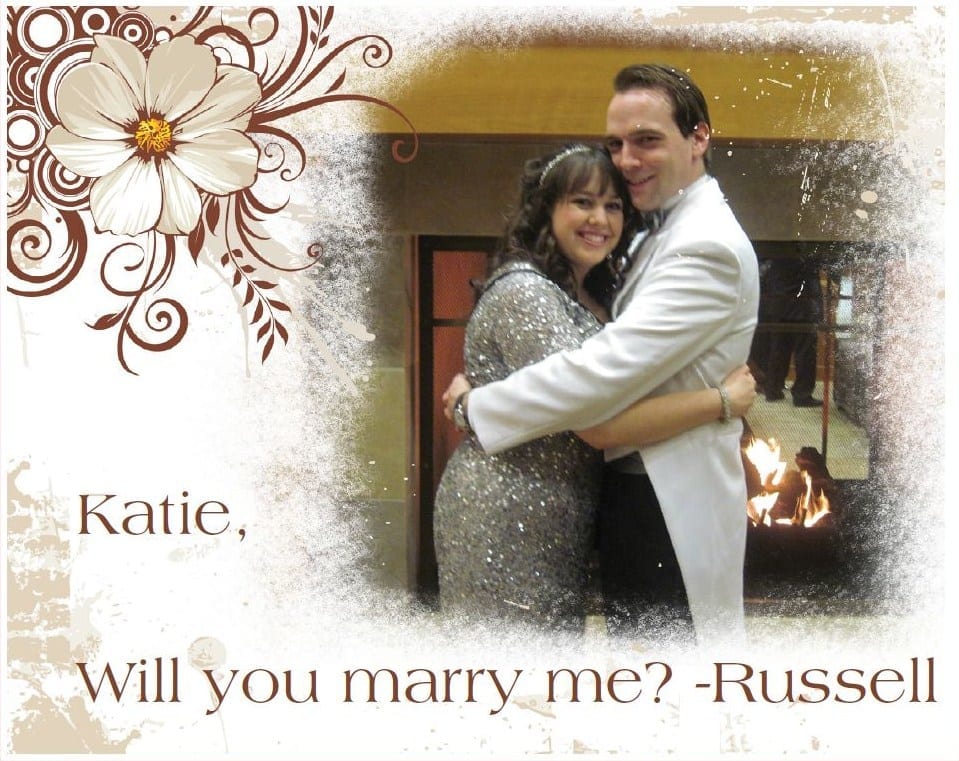Last week, Howard Sherman, producer and recent director of American Theatre Wing, posted a defense of community theatre on his blog titled “Theatre the Theatre Community Disdains.” I agree with almost everything he wrote. I disagree, however, that such a defense was necessary. In fact, I do not believe that community theatre is “Theatre the Theatre Community Disdains.” Sherman readily acknowledges that such prominent practitioners as Beth Henley, Sarah Ruhl, and Christopher Durang have readily and publicly paid homage to the influence of community theatre and that, likely, their stories are not unique. Why, then, the defense?
Sherman’s ranting was in response to an anonymous tweet which read:
“Can’t believe that a MAJOR theater is producing [play title redacted]. Crazy talk. Does its ‘non-profit’ mission mandate producing community theatre?”
Sherman insists that the tweet is, “emblematic of bias I read and hear constantly.” I admit that Sherman and I run in very different circles. Thankfully, the tweet is not indicative of the prevailing attitude toward community theatre in my professional or social spheres, especially in Utah. Community theatre in our state is alive and well, if not prospering. Any number of reviews on the UTBA site will confirm the quality of the craft found in the little niche theaters sprinkled along the Wasatch Front and tucked in Southern Utah. And, yes, there are some reviews that come down harshly on those same theaters, but there are similarly critical reviews of professional productions.
Any theatre lover will tell you that that is the beauty of the art form: magic can happen on any stage and in any place, whether there is little to no money or envious budgets, and with a debuting thespian or a long-time equity card holder. Magic doesn’t discriminate. It appears when there is hard work, vision, and heart. Tedium doesn’t discriminate, either, however. It appears when there is a lack of vision, a self-absorption, and an inability to communicate with the audience.
Tedious productions are everywhere, and I would argue that they are more frequently found on the professional stage. Perhaps, in writing this, I am revealing my own bias. I do admit to certain expectations for professional and community theatre. My standards are undoubtedly lower for community theatre, given my knowledge of the small budgets and the frequent haphazard rehearsal schedules. Because I expect less, I think that I am very frequently surprised at the excellence on those little stages. In the same vein, my standards for professional productions are quite high, and I am disappointed far too often. I doubt that I am alone in my experience. When I ask friends and colleagues about the merits of particular productions, they often express bafflement that professional theatres with so much (relative) money in their hands can produce such boring work. In contrast, I can remember very few reports of really awful community theatre performances.
Why, then, have I laughed so heartily at Waiting for Guffman, which Sherman rightfully references as a “cringe-worthy satire of community theatre?” Because there is truth, if exaggerated, in the presentation. Community theatre stereotypes do exist just as pretentious, abstract “Artsy” types exist, and those types have been equally lampooned. Thankfully, the majority of theatre practitioners (amateur and professional) usually fall somewhere closer to the middle of the spectrum, as do the audiences. And, like it or not, the audiences determine the success of any theatre company. Based on Sherman’s report of the overwhelming numbers associated with community theatre (there are an estimated 7,000 community theatres across the country with a combined annual audience of 86 million people) there is certainly a market for what could be called “pop culture theatre” in our communities.
Sherman also implies this and suggests that the assumed “bad reputation” of community theatre often stems from the choice of productions frequently mounted there, plays often labeled as “cheesy” or melodramatic or that have received little critical attention. However, there is clear desire among audiences for productions of such plays as Steel Magnolias (recently mounted at my local community theater in Draper), and a limited audience for—say—an evening of Samuel Beckett’s shorts. Beckett-lover that I am, who’s to say that Steel Magnolias hasn’t had a greater impact on theatre in a broad sense, touching, as it has, so many actresses and audiences?
Similarly, who’s to say the community theatre stage is less important than the professional stage? There might be some that would argue this, if just to play devil’s advocate. However, I think one would be hard pressed to find a theatre practitioner or audience member that would not admit to at least one positive experience with community theatre, so prove Sherman wrong and join me in praising it, not disdaining it.






